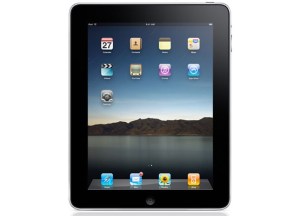
Although it doesn’t come as a surprise to anyone who’s been keeping an eye on the whole issue of pushing video to smartphones over 3G connections, apparently some owners of the new Apple iPad 3G have been surprised to discover that video streamed to their devices over a 3G data network from major services like YouTube and Netflix are getting lower quality versions than they would connecting to the Internet via Wi-Fi.
The reason? Concerns over straining the capacity of 3G mobile networks—and anyone with an iPhone 3G using AT&T in the last year can probably testify to the carrier’s network not always delivering adequate bandwidth on demand. The situation isn’t new, but the considerably larger size of the iPad’s display makes the drop in quality very apparent, where it may not have been so obvious on the screen of an iPhone or another smartphone.
The lower-quality 3G video feeds stem from the iPhone OS’s HTTP streaming requirements, which state that applications streaming media over 3G must be able to drop down to a 64 Kbps connection when network conditions warrant. While YouTube, Netflix, and several other services offer low-bandwidth versions of their media, other services—even some with iPad applications—may not, with the result that media may not be available at all via 3G.
So far, requirements that only low-bandwidth video be streamed over AT&T’s 3G network do not seem to have been mandated by the carrier: instead, Apple and individual application developers have been voluntarily working to stay within guidelines.
In any case, folks thinking about an iPad 3G to use as a portable television anywhere they can get a 3G signal might want to think again…or perhaps pick up a Wi-Fi only model and an access plan for well-established Wi-Fi hotspot networks.


